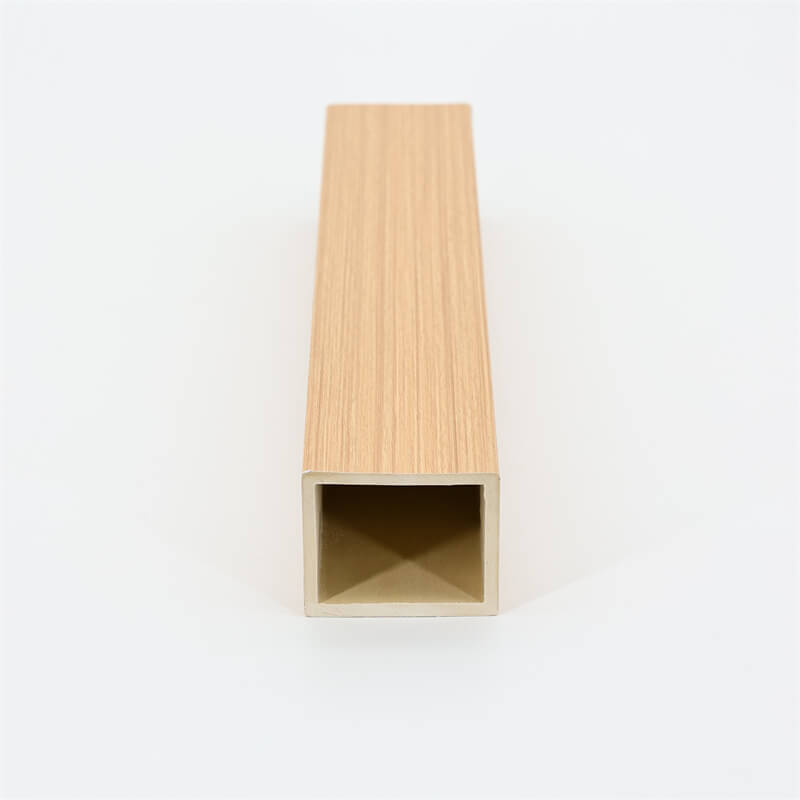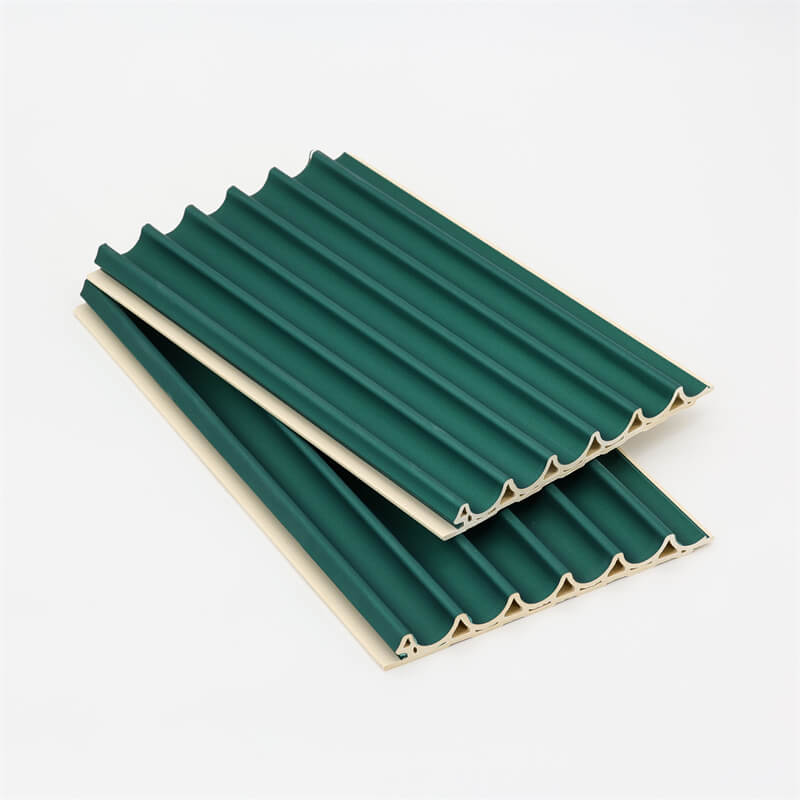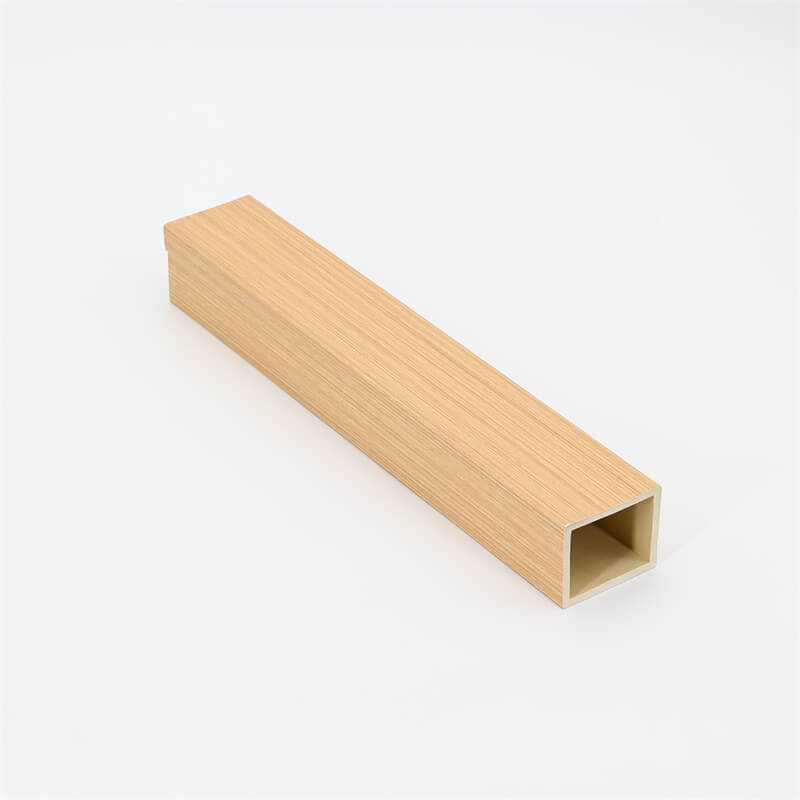
Wood-Plastic Composite (WPC) wall panels have gained immense popularity in the construction industry due to their eco-friendliness, versatility,
and aesthetic appeal. WPC is a composite material that combines wood fibers and thermoplastic polymers,
creating a product that emulates the look of natural wood while offering enhanced durability and weather resistance.
As the demand for sustainable building materials increases, understanding the performance of WPC wall panels under different weather conditions becomes crucial.
This essay delves into the durability and weather resistance of WPC wall panels, examining their composition, advantages, limitations, and the factors influencing their performance.
The findings will contribute to a comprehensive understanding of WPC wall panels and their viability as a long-lasting and weather-resistant building material.
I. Composition and Manufacturing of WPC Wall Panels
WPC wall panels are typically composed of a blend of wood fibers or flour, thermoplastic polymers (e.g., polyethylene, polypropylene), and additives that enhance performance and appearance.
The manufacturing process involves extrusion or injection molding, which results in different surface textures and shapes.
The wood fibers contribute to the natural appearance, while the polymers provide strength and weather resistance.
Additives such as stabilizers, pigments, and coupling agents play a critical role in preventing degradation and improving bonding between the wood and plastic components.
Understanding the composition of WPC wall panels lays the foundation for assessing their durability and ability to withstand varying weather conditions.

II. Advantages of WPC Wall Panels
WPC wall panels offer several advantages that make them a compelling choice for modern construction:
a. Sustainability: WPC panels utilize recycled wood fibers and thermoplastics, reducing the demand for virgin materials and diverting waste from landfills.
This aspect aligns with sustainable building practices and contributes to reducing the environmental impact of construction projects.
b. Durability: The combination of wood fibers and thermoplastic polymers imparts enhanced durability to WPC wall panels.
They are resistant to cracking, warping, and decay, which are common issues with traditional wood panels. This longevity ensures a longer service life and reduced maintenance requirements.
c. Weather Resistance: WPC wall panels exhibit excellent weather resistance due to the inherent properties of their components.
They are less susceptible to moisture absorption, which prevents swelling, rot, and mold growth.
Additionally, the UV stabilizers in the additives protect the panels from fading and degradation caused by prolonged exposure to sunlight.
d. Low Maintenance: Unlike natural wood, WPC panels do not require frequent staining or painting to maintain their appearance.
The color remains stable over time, and periodic cleaning is sufficient to keep them looking fresh.

III. Limitations of WPC Wall Panels
While WPC wall panels offer numerous advantages, they are not without limitations:
a. Heat Resistance: WPC panels can be prone to heat-related issues, such as expansion and deformation, especially in regions with extreme temperatures.
High temperatures can soften the thermoplastic component, affecting the structural integrity of the panels.
b. Mechanical Strength: Although WPC panels are durable, their mechanical strength may not match that of traditional building materials like concrete or steel.
In applications where high load-bearing capacity is required, additional structural support may be necessary.
c. Fading and Discoloration: Despite the presence of UV stabilizers, WPC panels may experience slight fading or discoloration over time,
particularly when exposed to harsh sunlight and environmental pollutants.
d. Environmental Impact: While WPC panels use recycled materials, the manufacturing process still consumes energy and emits some greenhouse gases.
Additionally, recycling WPC panels can be challenging due to the combination of wood and plastic components.
IV. Weather Resistance and Performance
The weather resistance of WPC wall panels is a critical aspect that determines their longevity and performance in different climates.
Several factors influence their ability to withstand various weather conditions:
a. Moisture Resistance: The composition of WPC panels makes them inherently resistant to moisture, reducing the risk of swelling, rot, and fungal growth.
Proper installation and sealing of joints are crucial to maintaining this resistance.
b. Freeze-Thaw Durability: In regions with freezing temperatures, WPC panels must endure cycles of freezing and thawing without significant degradation.
The absence of water absorption in WPC helps minimize damage caused by ice formation within the material.
c. UV Stability: The presence of UV stabilizers prevents the degradation of WPC panels when exposed to sunlight.
However, the effectiveness of these additives and the duration of UV exposure can influence the extent of color fading and surface degradation.
d. Wind Resistance: Proper installation and fastening techniques are vital to ensure WPC wall panels withstand high winds and storm events.
Secure attachment to the underlying structure prevents panel detachment and damage during extreme weather.
In conclusion, Wood-Plastic Composite (WPC) wall panels offer an attractive alternative to traditional building materials due to their sustainability, durability, and weather resistance.
Their composition of wood fibers and thermoplastic polymers provides excellent moisture resistance, preventing issues such as rot and decay. While they exhibit UV stability,
they may experience slight fading over time. Proper installation and maintenance are essential to maximize their weather resistance and performance.
However, WPC wall panels have limitations related to heat resistance, mechanical strength, and environmental impact,
which must be considered in specific construction applications.
With ongoing research and development, addressing these limitations will pave the way for wider adoption of WPC wall panels as a viable and durable building material in diverse weather conditions.
